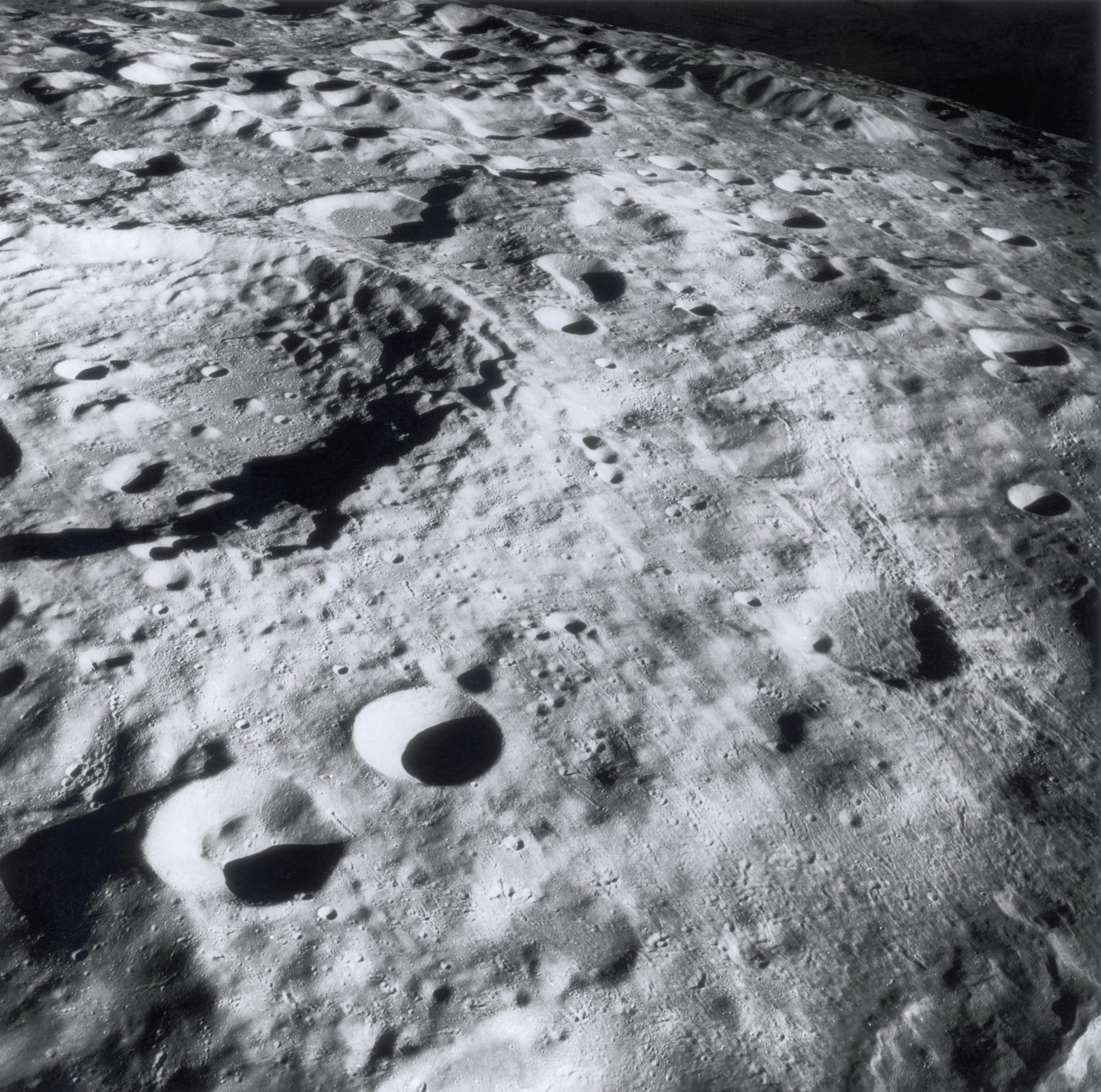
Astronomers have not yet been able to map large portions of the radio emissions from our universe because of interference from the Earth itself. A team of astronomers hopes to change that, beginning with the LuSEE Night mission to the far side of the Moon. It will launch in 2025 and chart a new pathway to Lunar observatories.
The Earth is really loud in the radio, especially at frequencies below 20 megahertz. The ionosphere of the planet itself crackles at those frequencies, obscuring radio emissions from more distant sources. Plus, we use low-frequency radio waves for communication and radar searches, swamping cosmic sources.
The only way to mitigate all that terrestrial contamination is to get up and away from it. The best place is the far side of the Moon so that the bulk of the Moon’s body blocks out radio emissions from the Earth. The Sun itself is also a rather loud emitter of radio signals at those frequencies, so the best time to observe is during the Lunar night when the far side of the Moon is plunged into darkness.
But building radio observatories on the far side of the Moon is no easy task, so we have to start small. One of the first steps is LuSEE Night, the Lunar Surface Electromagnetic Explorer, a small radio antenna and instrument package that is scheduled to be delivered to the far side of the Lunar surface as early as 2025.
LuSEE Night owes its technological heritage to the Parker Solar Probe and is, in fact, nearly an identical copy of one of the instruments onboard that spacecraft. LuSEE Night consists of two six-meter-long antennae set in a cross-shaped pattern along with a bare-bones set of electronics.
In observing mode, the instrument is relatively quiet, so it doesn’t add to any radio contamination. It can then send up any data to a Lunar orbiting spacecraft which sends the data back to Earth.
The team behind LuSEE Night hopes to capture some of the first observations of the very low-frequency radio universe, which includes emissions from cosmic rays spiraling around the magnetic fields of the Milky Way galaxy and distant bright sources like supernovae and white dwarfs.
LuSEE Night is just the first step. The astronomers hope that it will prove to be a success so that future observatories and missions on the Lunar far side can open up new windows into the cosmos.
This article was originally published on Universe Today by Paul M. Sutter. Read the original article here.







